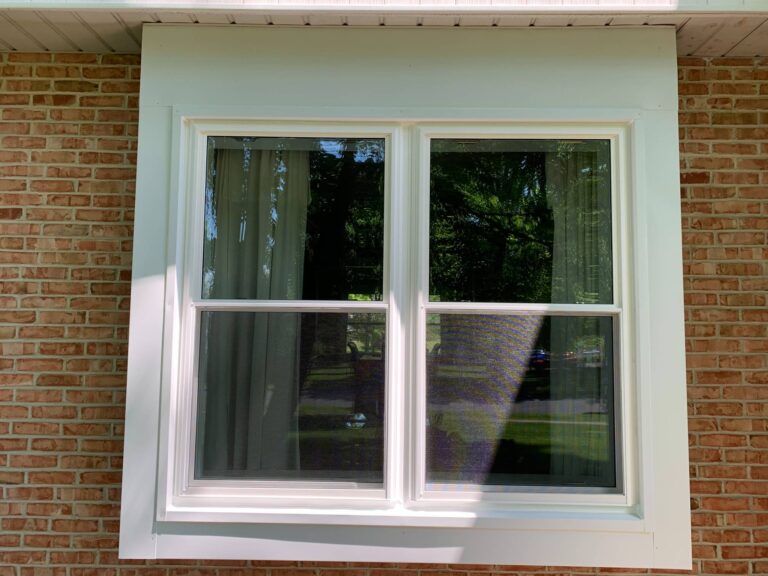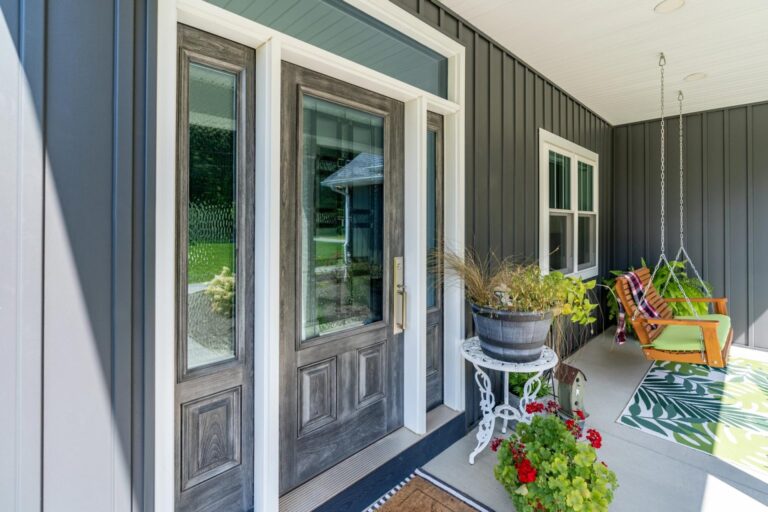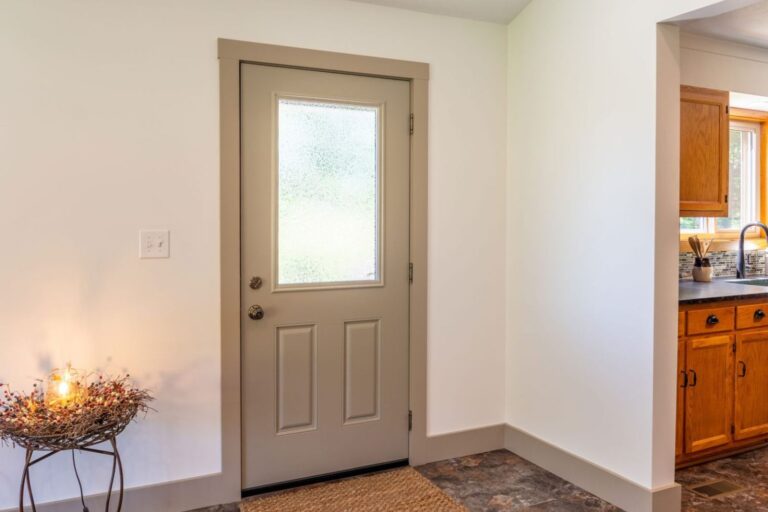Most homeowners are aware of how their windows’ performance directly affects their energy bills in the summer and winter. It’s why they are on the lookout for double-hung window installers in Newtown when their home needs new replacements. However, they may not realize how much of an impact their windows can have on the environment. In the case of OKNA window users, their windows have been specifically designed with the environment in mind. But how has the engineering of these windows led to lessening the overall greenhouse emissions from your home? How has their performance been determined in the first place?
Where and What to Look For in Terms of Window Environmental Performance
The National Fenestration Rating Council (NFRC), the organization that tests, regulates, and administers the ratings of windows, provides homeowners with critical information about how well their windows help the environment. Among the criteria that the NFRC utilizes to determine environmental effectiveness includes the R-value, U-factor, and solar heat gain coefficient (SHGC).
The R-Value and U-Factor
The R-value measures the window’s resistance to heat flow or how well the window prevents air from escaping from the window throughout the day. The U-factor measures the inverse and is found by dividing one by the R-value, and it measures the overall rate of heat flow. Depending on your climate, you want windows that feature low U-factors over higher value R-value windows. With OKNA windows, each window features a U-factor of .01, which can save up to 400lbs of CO2 over the course of a year and prevent it from getting into the atmosphere.
Breaking Down the SHGC
SHGC grades windows on a 0-1 scale and measures the amount of solar heat that reaches your window and gets into your home. Your climate will determine which side of the scale you should prioritize for your window selections. High SHGC values encourage passive solar heating in colder climates and can help bring heating bills down in the winter. However, windows with higher SHGC values will typically have higher U-factors and cause trouble for your environmentally-conscious approach to window selection. With each .1 SHGC reduction, homes can save up to an additional 200lbs of CO2 every year.
The OKNA Difference
What OKNA windows offer homeowners comes in the form of their warm edge spacer. OKNA’s HeatSeal technology can improve total U-values up to .04 and, in the process, save close to 1,600lbs of CO2 production in the average home per year. Finding ways to reduce the greenhouse gas emissions from your home can help reduce the overall contribution of residential windows to yearly home heating and cooling costs and lessen their negative environmental impact.
When you are looking for replacement environmentally-friendly windows, the best home window installers in Newtown, Window Guardians, can help! Contact our team today to schedule an appointment!





